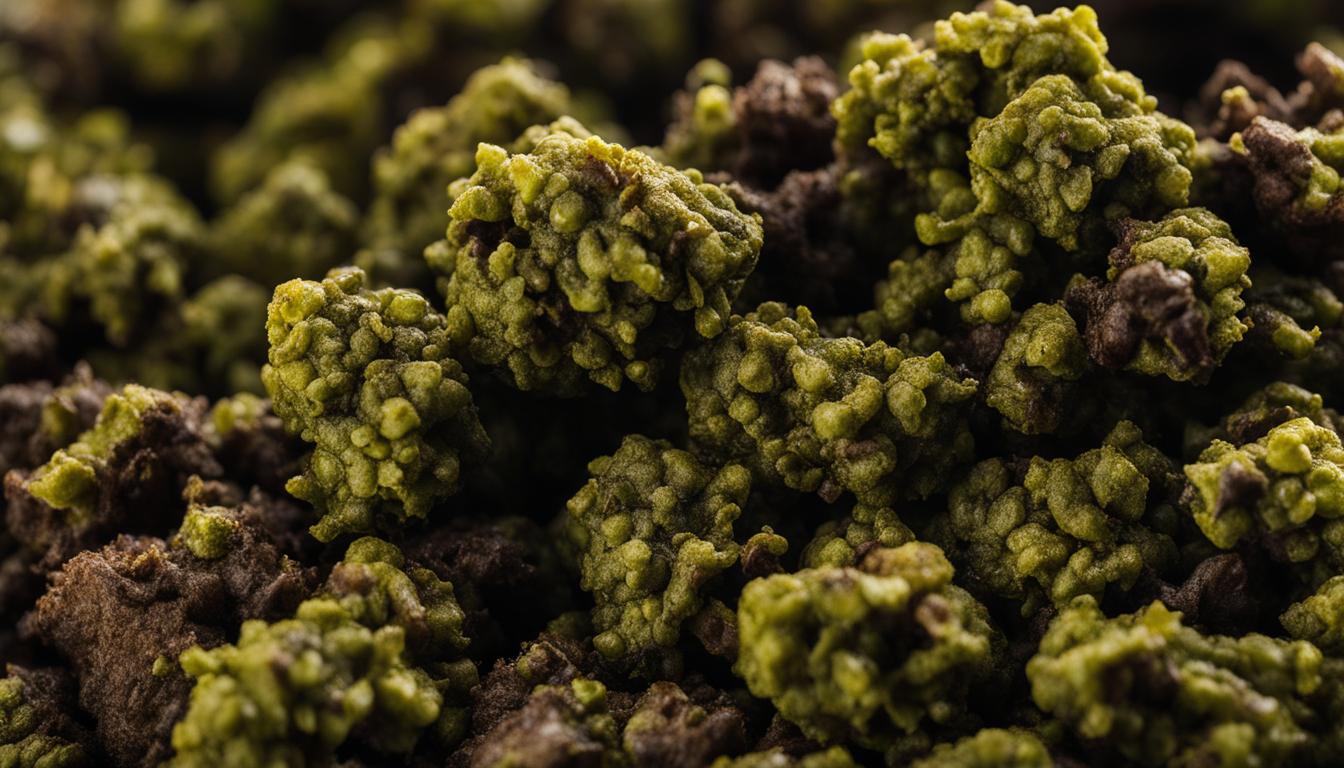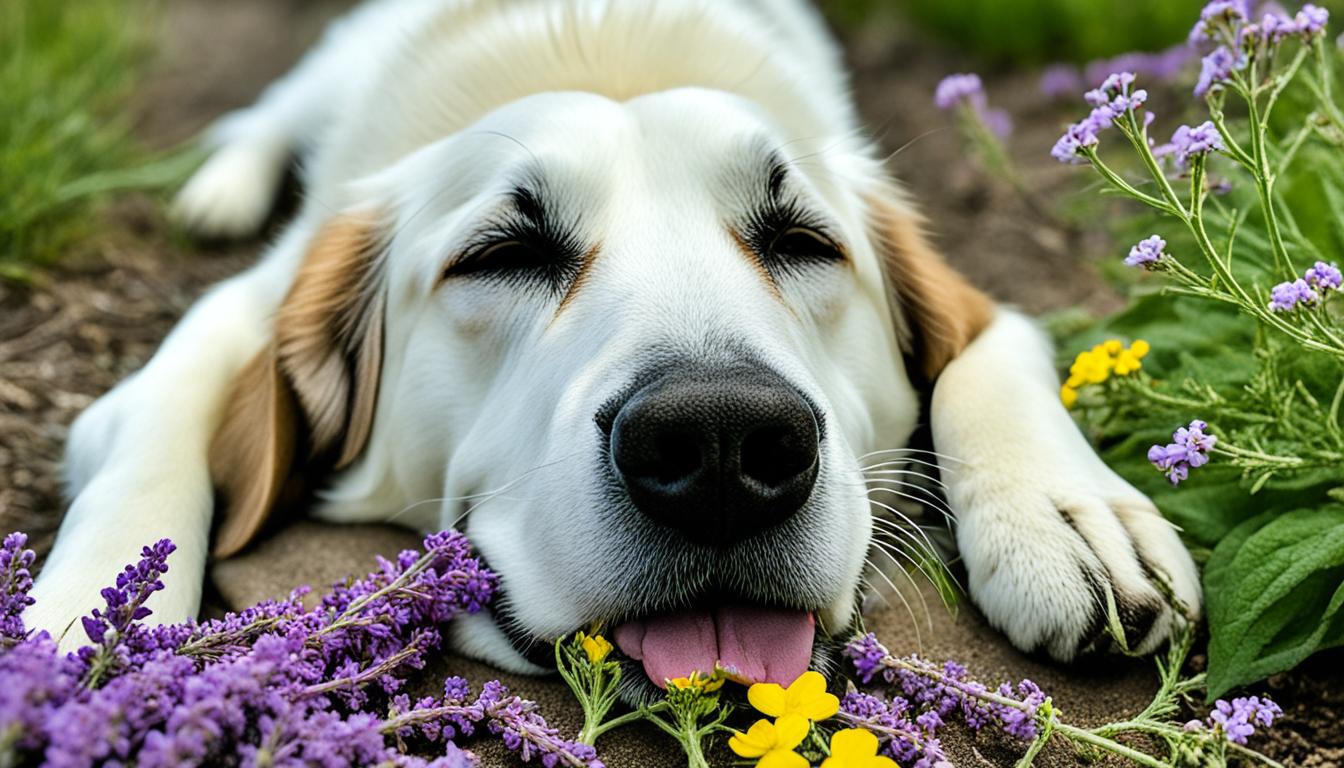Understanding Cat Food Allergies
When it comes to our feline friends, food allergies are relatively rare. It is estimated that food allergies affect just 1% of all cats and up to 15% of itchy cats. However, up to 42% of cats with both itching and gastrointestinal symptoms could be food-allergic. There is no specific relationship to age, gender, or breed in the development of food allergies in cats (PetMD).
Incidence of Food Allergies in Cats
According to studies, food allergies in cats are relatively uncommon, affecting approximately 1% of all cats. However, they may be more prevalent in cats that experience chronic itching and gastrointestinal symptoms. Up to 15% of cats suffering from itching may have food allergies, and this number may increase to 42% in cats with both itching and gastrointestinal symptoms (PetMD).
Common Symptoms of Food Allergies
Identifying food allergies in cats can be challenging, as the symptoms can vary. The most common symptoms of food allergies in cats include constant itching that does not change seasonally. Cats may exhibit behaviors such as licking, scratching, overgrooming, biting, and may develop skin lesions like small crusts, redness, papules, and plaques. Gastrointestinal symptoms like diarrhea and vomiting may also be present.
Symptoms of food allergies in cats can manifest not only on the skin but also in the gastrointestinal tract. It’s important to be aware of these symptoms to ensure early detection and appropriate management. For more information on cat allergy symptoms, refer to our article on cat allergies symptoms.
Food allergies in cats can develop at any age, even if the cat has been eating the same food for a long time without issues. The most common food sources that cause allergies in cats include beef, fish, chicken, wheat, corn, dairy, lamb, egg, barley, and rabbit. Identifying the specific allergen can be challenging and may require dietary trials or allergy testing. For cats showing symptoms of food allergies, consulting a veterinarian is crucial for proper diagnosis and treatment options. If you suspect your cat has a food allergy, it’s important to seek veterinary guidance for appropriate management.
In the next section, we will delve deeper into the causes and development of food allergies in cats, including the role of age and common allergens present in cat food.
Causes and Development of Food Allergies
Understanding the causes and development of food allergies in cats is crucial to effectively manage and prevent them. Let’s explore two key aspects: age and onset of food allergies, as well as common allergens in cat food.
Age and Onset of Food Allergies
Food allergies in cats can develop at any age, even if a cat has been eating the same food for a long time without issues. It’s important to note that a cat must have been exposed to a specific food ingredient before developing an allergy to it.
Research suggests that genetic predisposition plays a role in the development of food allergies in cats. Cats with a genetic predisposition to atopy, which refers to inhalant or environmental allergies, are more likely to develop food allergies as well. It’s worth noting that many cats react to both food ingredients and environmental allergens (VCA Hospitals).
Common Allergens in Cat Food
When it comes to identifying the culprits behind food allergies in cats, certain ingredients are known to be common allergens. Most known food allergies in cats are due to an abnormal reaction to proteins in food. The following ingredients are frequently associated with cat food allergies: beef, fish, chicken, wheat, corn, dairy, lamb, egg, barley, and rabbit (PetMD).
It’s important to remember that a cat can develop an allergy to an ingredient it has previously been exposed to. While these ingredients are commonly associated with food allergies, limited research has been conducted in this area, and there may be other allergens that have not yet been identified.
Identifying the specific allergens responsible for your cat’s food allergies is crucial for proper management. A veterinarian can guide you through the process of eliminating potential allergens from your cat’s diet and conducting food trials to determine the specific culprits.
By understanding the age of onset and common allergens associated with food allergies in cats, you can take proactive steps to minimize the risk of allergies and provide appropriate care for your feline companion.
Diagnosing Food Allergies in Cats
When it comes to diagnosing food allergies in cats, a thorough and accurate assessment is crucial. Understanding the proper methods for diagnosis can help identify the specific allergens and guide appropriate treatment. In this section, we will explore the gold standard for diagnosing food allergies in cats and the accuracy of various testing methods.
Gold Standard for Diagnosis
The gold standard for diagnosing a food allergy in cats is to conduct an elimination diet trial. This involves feeding the cat a strict hypoallergenic diet for 8 to 12 weeks and closely monitoring for symptom improvement. During this trial, the cat is fed a diet that does not contain any proteins they have been previously exposed to. If the cat’s allergy symptoms resolve during the trial and return within one week of a food challenge, a definitive diagnosis of food allergy can be made.
This elimination diet trial helps identify the specific food allergens triggering the allergic response in the cat. By removing all potential allergens and reintroducing them one at a time, it becomes possible to pinpoint the specific ingredients that elicit an allergic reaction. This information is invaluable in developing an effective treatment plan and managing the cat’s diet to prevent further allergic reactions.
Accuracy of Various Testing Methods
While various tests like blood, hair, or saliva tests have been explored, these methods have not been proven accurate in clinical studies for diagnosing food allergies in cats (PetMD). The most reliable and accurate method for diagnosing food allergies in cats remains the elimination diet trial.
It is important to note that these alternative testing methods lack the specificity and reliability required for accurate diagnosis. They may produce false-positive or false-negative results, leading to misdiagnosis and inappropriate dietary changes. Therefore, it is best to consult with a veterinarian who can guide you through the proper diagnostic process and recommend the most effective course of action.
In summary, an elimination diet trial is the gold standard for diagnosing food allergies in cats. It involves feeding the cat a hypoallergenic diet for an extended period while closely monitoring for symptom improvement. Other testing methods such as blood, hair, or saliva tests have not proven to be accurate in diagnosing food allergies in cats. By following the gold standard diagnostic approach, veterinarians can accurately identify food allergens and provide tailored treatment recommendations for affected cats.
Treatment and Management
When it comes to treating and managing cat food allergies, a comprehensive approach is necessary to alleviate symptoms and improve your cat’s quality of life. This involves implementing dietary recommendations and considering symptomatic treatment options as advised by your veterinarian.
Dietary Recommendations
The cornerstone of treating food allergies in cats is to provide a diet that does not contain any allergy-inducing ingredients. Prescription hypoallergenic diets are commonly recommended for food trials to identify the specific allergens triggering your cat’s symptoms. These diets are specially formulated to minimize the risk of triggering an allergic response and to support your cat’s nutritional needs.
During the food trial, it’s crucial to strictly adhere to the recommended diet and avoid any other foods, treats, or table scraps that may contain potential allergens. Careful dietary control is essential to accurately assess your cat’s response to the hypoallergenic diet and determine the presence of food allergies.
Once your cat has been diagnosed with food allergies, long-term management involves continuing the hypoallergenic diet used during the elimination trial or working with your veterinarian to find an alternative diet that provides relief from symptoms. It’s important to maintain careful dietary control, avoiding cat treats and other foods that may contain allergens to prevent flare-ups.
Please note that over-the-counter diets marketed as suitable for pets with allergies may not always be reliable for a diet trial due to potential contamination with undisclosed ingredients. It is recommended to use a veterinary-prescribed diet or a carefully prepared home-cooked diet for a dietary elimination trial.
Symptomatic Treatment Options
In some cases, symptomatic treatment may be necessary to manage your cat’s allergies alongside dietary changes. Your veterinarian may prescribe low-dose corticosteroids to help alleviate symptoms such as itching and inflammation. These medications can provide relief and improve your cat’s comfort.
It’s important to follow your veterinarian’s instructions regarding medication dosage and administration. Regular communication with your veterinarian is crucial to monitor your cat’s progress and make any necessary adjustments to the treatment plan.
In addition to dietary changes and medication, supporting your cat’s gut health can also play a role in managing food allergies. By restoring the gut to an optimal level of health, you can potentially reduce food sensitivities and improve digestion. Discuss with your veterinarian the possibility of implementing gut health protocols or supplements to support your cat’s overall well-being.
Remember, managing food allergies in cats is a lifelong commitment. Regular veterinary check-ups, ongoing dietary control, and close monitoring of your cat’s symptoms are essential to ensure the best management and long-term well-being of your furry friend.
Chronic Effects and Complications
When it comes to cat food allergies, the long-term management of this condition is crucial to ensure the well-being of your feline companion. If left untreated or undiagnosed, food allergies in cats can lead to chronic effects and complications. Let’s explore the importance of long-term management and lifelong dietary considerations for cats with food allergies.
Long-Term Management
Cats with food allergies often experience chronic, year-round itching and skin inflammation that can affect various parts of their bodies, including the face, ears, belly, groin, armpits, legs, and paws. They may also develop recurrent infections of the skin and ears. Some cats may even exhibit gastrointestinal signs such as vomiting or diarrhea in addition to skin symptoms.
While food allergies in cats cannot be cured, they can be managed through the avoidance of ingredients that trigger flare-ups. Once diagnosed, you may choose to continue the food used during the food trial for long-term maintenance or work with your veterinarian to find a different food that provides similar relief from symptoms. Careful dietary control is essential for managing food allergies in cats.
To effectively manage your cat’s food allergies, it is essential to identify and eliminate the specific allergens from their diet. This often involves feeding them a hypoallergenic diet that contains novel protein sources and limited ingredients. Your veterinarian can guide you in selecting the most appropriate diet for your cat’s specific needs. Additionally, it’s crucial to avoid feeding your cat any treats or table scraps that may contain allergenic ingredients.
Regular follow-up visits with your veterinarian are important to monitor your cat’s response to the hypoallergenic diet and make any necessary adjustments. If your cat’s symptoms persist or worsen despite dietary changes, further investigation may be required to identify additional allergens or underlying conditions.
Lifelong Dietary Considerations
For cats with food allergies, lifelong dietary considerations are essential to prevent flare-ups and manage symptoms effectively. Once you have identified a hypoallergenic diet that works for your cat, it is crucial to stick to this diet and avoid reintroducing any allergenic ingredients.
Feeding your cat a balanced and complete hypoallergenic diet is important to ensure they receive all the necessary nutrients for optimal health. These diets are specially formulated to provide essential nutrients while avoiding common allergens. It’s important to read the labels carefully and follow the recommended feeding guidelines provided by the manufacturer.
Remember that even small amounts of allergenic ingredients can trigger a reaction in cats with food allergies. This includes avoiding cross-contamination during food preparation and being cautious about the ingredients in any new foods or treats you introduce to your cat’s diet.
By adhering to a strict hypoallergenic diet and maintaining regular communication with your veterinarian, you can effectively manage your cat’s food allergies and help them live a comfortable and symptom-free life.
Proper long-term management and lifelong dietary considerations are vital in minimizing the chronic effects and complications associated with food allergies in cats. By providing your cat with the appropriate care and attention, you can ensure their health and well-being for years to come.
Prevention and Future Outlook
When it comes to cat food allergies, prevention plays a crucial role in managing this condition. While it may not be possible to completely prevent food allergies in cats, there are certain factors to consider that can help reduce the risk. Genetic predisposition and environmental factors are two important aspects to consider in the prevention and future outlook of cat food allergies.
Genetic Predisposition
Genetic predisposition plays an important role in the development of food allergies in cats. It has been observed that food allergies are often related to atopy, which refers to inhalant or environmental allergies. Many cats react to both food ingredients and environmental allergens. While food allergies can develop in cats at any time after three months of age, it is important to note that male and female cats are equally likely to develop food allergies.
To mitigate the risk of food allergies in cats, it is advisable to choose cats from hypoallergenic breeds (hypoallergenic cat breeds). These breeds are known to be less likely to trigger allergic reactions in individuals who are prone to allergies. However, it’s important to note that genetic predisposition is only one factor and does not guarantee the absence of food allergies.
Role of Environmental Factors
In addition to genetic predisposition, environmental factors can also contribute to the development of food allergies in cats. Cats with allergies often present with chronic, year-round itching and skin inflammation, affecting various body parts such as the face, ears, belly, groin, armpits, legs, and paws. They may also develop recurrent infections of both the skin and ears. In some cases, cats with food allergies may experience gastrointestinal signs such as vomiting or diarrhea in addition to their skin symptoms.
Reducing exposure to potential environmental allergens can help in managing and preventing food allergies in cats. Keeping the living environment clean, minimizing exposure to dust mites, pollen, and other common allergens, and providing proper flea control are important steps to consider. Additionally, providing a balanced and nutritious diet can also support the overall health and immune system of your cat, potentially reducing the risk of allergies.
While prevention is not always possible, early detection and proper management can significantly improve the quality of life for cats with food allergies. It’s important to work closely with a veterinarian to diagnose and manage food allergies in cats effectively. Through a combination of dietary recommendations, such as eliminating allergenic ingredients, and symptomatic treatment options (cat allergy medication), it is possible to provide relief and minimize the impact of food allergies on a cat’s well-being.
By understanding the genetic predisposition and environmental factors associated with cat food allergies, pet owners can take proactive steps to reduce the risk and manage this condition effectively. Remember, prevention and management are key in ensuring the health and well-being of your feline companion.








